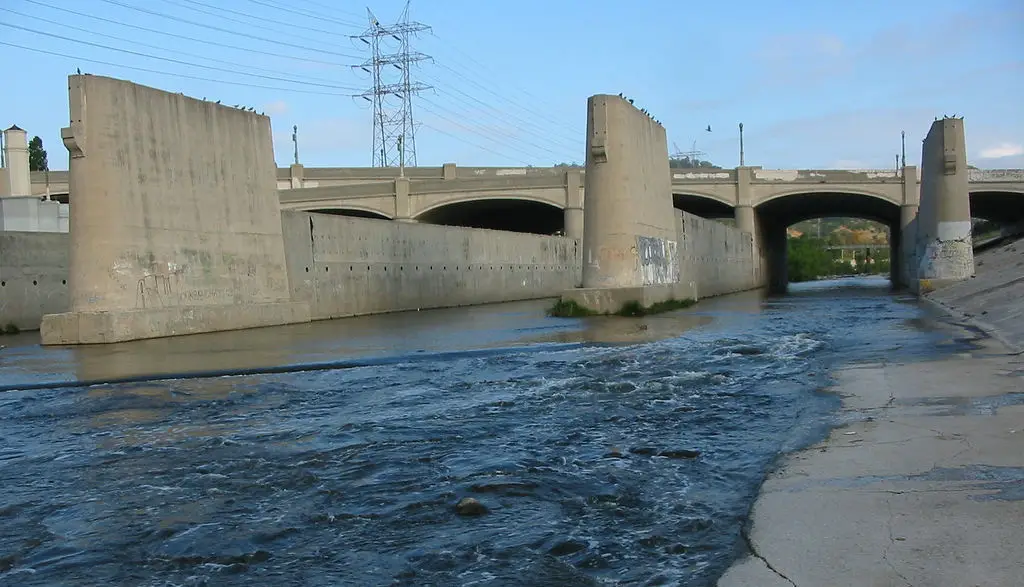When it comes to sustainability, big cities can get a bad reputation. When so many people are concentrated in a relatively small area, convenience often takes precedence over environmental awareness. Cities like New York are trying to battle this though, and they’re starting on the home front: real estate.
Buildings are the foundation of a city, and making them sustainable can encourage other sustainable practices. For example, the well-known LEED certification is based not only on how a building is built, but the continued energy consumption in the building. This can include water usage, recycling practices, and air quality. Since 2005, public buildings costing more than $2 million have been required to meet LEED standards.
But certifications and standards only go so far. Even the highest certified LEED buildings still tax the environment. Now, dozens of New York properties are attempting what Germany is doing by the thousands: passive housing.
Passive houses maintain their temperature without active heating and cooling systems, instead relying on extensive insulation, ventilators that exchange interior and exterior air, and energy saving appliances. New York is a great place to be implementing these homes for many reasons. First of all, globally, buildings are responsible for 40% of carbon emissions. In New York, that percentage is about 75%. Zero energy housing can severely reduce that percentage.
Another reason New York is an ideal place for passive housing is the cost of living for individuals. With the trend of luxury housing on the rise, and property prices moving in the same upward direction, buyers can save big on energy costs and those funds can be used for other aspects of living. This savings on energy bills can also offset the initial price of building materials, which can be more expensive than non-sustainable materials, as they are as of yet not widely available.
As mentioned previously, Germany has successfully implemented passive housing on a large scale. New York and other American can learn from their process, and continue to experiment with building processes that minimize environmental impact.
Of course, sustainable living has to take a well-rounded approach in order to be fully effective. LEED focuses on building materials. Passive housing focuses on self-contained energy creation and usage. The living building challenge focuses on water usage, aiming for buildings to use only water that they produce. This is especially challenging in New York, where building codes require being hooked up to the public sewer lines.
These projects make it possible for New Yorkers to achieve several levels of sustainability. Having multiple initiatives makes it more possible to see the big picture and decreases the risk of losing focus on one environmental factor while focusing on others.
Developers, as always, will build what makes them money. Tax incentives help to an extent, but there also needs to be a push from the public for environmental building. Building designers have to know that people are willing to buy sustainable housing. It can’t be simply about earning a certification, it has to come from an intentional desire to decrease environmental impact, even if the motives are monetary. If the sustainable building industry maintains profitability, it will gain momentum.
Toby Lancaster is a city-dweller with a passion for sustainable living. He writes to spread awareness of eco-friendly living options and the joy of his favorite city, New York.
Photo: David Berkowitz


